If you used professional roofing for your house, then you know you have a roof you can rely on. It will handle the heat and precipitation and will also keep the occupants of your house feeling sheltered. Every single day, your roof braves the elements on your behalf. Even so, your roof isn’t invincible, especially over time. Damage can happen. If it’s not checked, you might end up having to replace the entire roof. This article highlights the best ways to maintain your roof.
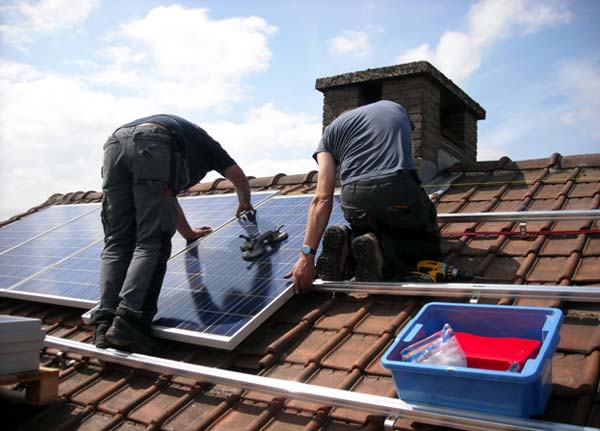
Repairing roofs can be an expensive and tedious process, especially when it involves potentially replacing the entire roof. If you’ve allowed the damage to grow over time, it can be doubly as difficult to repair.
When you don’t fix leaks, you get mold on your roof. When your shingles become loose, it could mean that the structure of your roof has been compromised. Sometimes, a damaged roof is hard to detect. So we are shocked when we get the bill for repairs, and it turns out there was much more festering under the surface than we suspected.
Be Watchful
It would be great if you could have a way of knowing when your roof is damaged early enough to nip the problem in the bud. As it turns out, your roof does try to indicate to you when there are some problems that need fixing.
All you have to do is get a little familiar with your roof. You can either inspect it yourself or hire some professionals to perform a roof inspection.
Simple roof maintenance allows you to catch problems early and fix them in a way that prevents them from reoccurring. If you are wondering how you can do that, you’ve come to the right place! We’re going to look at some of the best ways to maintain your roof before problems start to happen.
Know and Evaluate Your Entire Roof
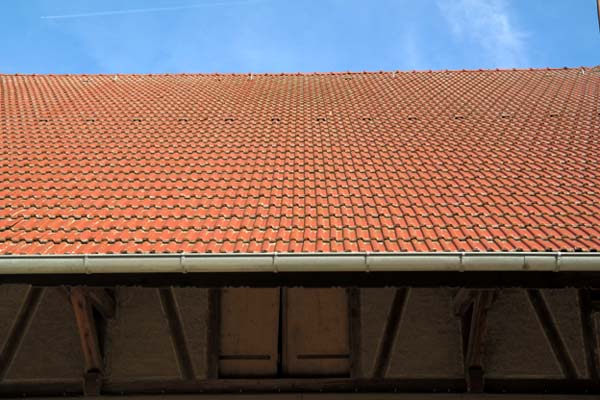
You need to ask all the important questions concerning your roof and make sure you have the answers ready. These questions include:
- How old is your roof?
- What material is it made of?
- Was it recently repaired?
- Who repaired it, and what did they repair?
- Have you ever done a complete roof replacement?
- If so, how long ago was that?
You can even prepare a little folder with all the important information concerning your room. Knowing all of the past issues your roof has had will give you hints about what you might have to worry about in the future. Track all the work that has been done on your roof and know how they impact your roof in the long run. That way, your maintenance decisions will be better informed.
The first step is to know the status of your roof and its age. If damage occurs, these should be the first things you consider as you figure out where the problem is. However, if your roof is brand new, a leakage could have more to do with the gutter than the roof itself. Old roofs have a host of potential issues, including mold, cracking, and rusting.
Check your roof frequently, from season to season, to find out how its condition changes in different circumstances. That way, you’ll be able to spot trouble when it first occurs.
Clear Debris Regularly
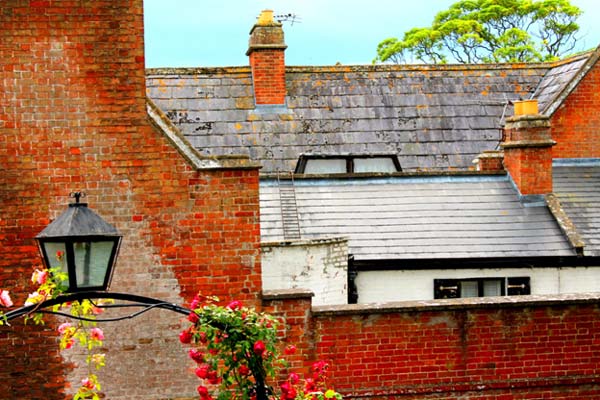
Your roof has a lot that it has to deal with, including wind, hail, snow, and more. Help it survive all the harsh elements by cleaning away the debris, which collects in the valleys of your roof and the gutters, on a regular basis. When the gutters get clogged, your drainage suffers, leading to leaks and rusting. The gutters themselves also get damaged when they’re clogged, often getting unfastened under the weight of debris and exposing the most vulnerable sections of your roof.
As for the valleys of your roof, while you don’t have to worry about drainage there, you certainly have to worry about pooling rainwater and snow and ice, which could cause your roof to buckle. It could also lead to the growth of moss and mold as well as promote rotting in your roof. Regular maintenance is one of the best ways to maintain your roof. And, it will make it less likely you’ll need a roof repair or roof replacement.
Remove Moss from Your Roof
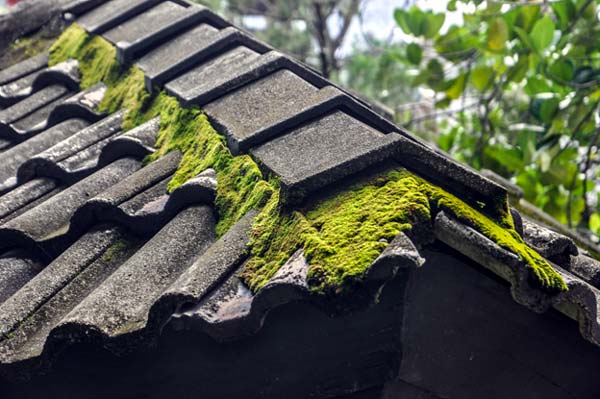
Moss is completely at home in a humid and wet climate. It also thrives on hard surfaces that are shaded by the sun. There are many places on your roof that fit the bill. One of the best ways to maintain your roof is to make sure there’s no moss growing on it.
While moss doesn’t initially seem dangerous, it can compromise the integrity of your roof if left to grow unchecked. It can go under your shingles and grow, pushing up your shingles as it expands. The rainwater can then be able to get in, leak into your roof and cause the decking to rot. Shingles that are loose are also likely to be torn off in a strong wind. Asphalt shingles also get worn down by moss.
Moss does even more damage than that, however. It creates enough traction for debris to hold onto your roof that would have otherwise easily slid off. As the debris collects and mixes in with your moss, it leads to leaking and rotting.
There are plenty of cleaning products you can use to deal with moss, including chemicals that you spray onto the moss to break it down and others that you use to brush away the moss. Whatever you do, however, do not scrape the moss off or try to wash it off with a high-pressure water jet. These may crack or break your shingles and damage them.
Inspect Your Attic
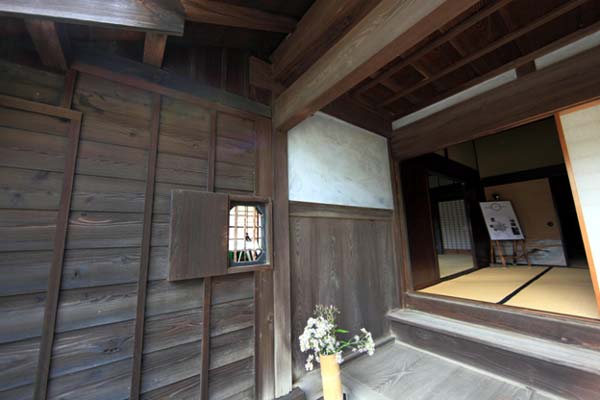
It may be easier to spot issues in your roof from your attic. Dark spots on your attic ceilings and walls are usually a good indicator that the roof is leaking. You can also scan the attic ceiling in daylight to look for missing shingles. The ceiling can show where your roof has thinned.
You should also make sure your attic is well-insulated. This helps to maintain your roof. An under-insulated attic will cause heat to escape in winter, which may affect the drainage conditions on your roof.
Get a Professional to Conduct Regular Maintenance
A contractor will be able to catch the things you miss on your own maintenance checks. He or she will know the details of your roof as well as the finer details of the structure and any possible risks for damage. A contractor will know better the likely causes of issues and how best to solve them permanently. Roofing contractors are roof experts. Working up high can be dangerous for the average person to tackle.



